Estimated reading time 8 minutes, 15 seconds.
Imagine a professional athlete at the top of their game: a high scorer who is both widely recognized and handsomely compensated. Someone with seemingly boundless potential, for whom the sky is no limit.
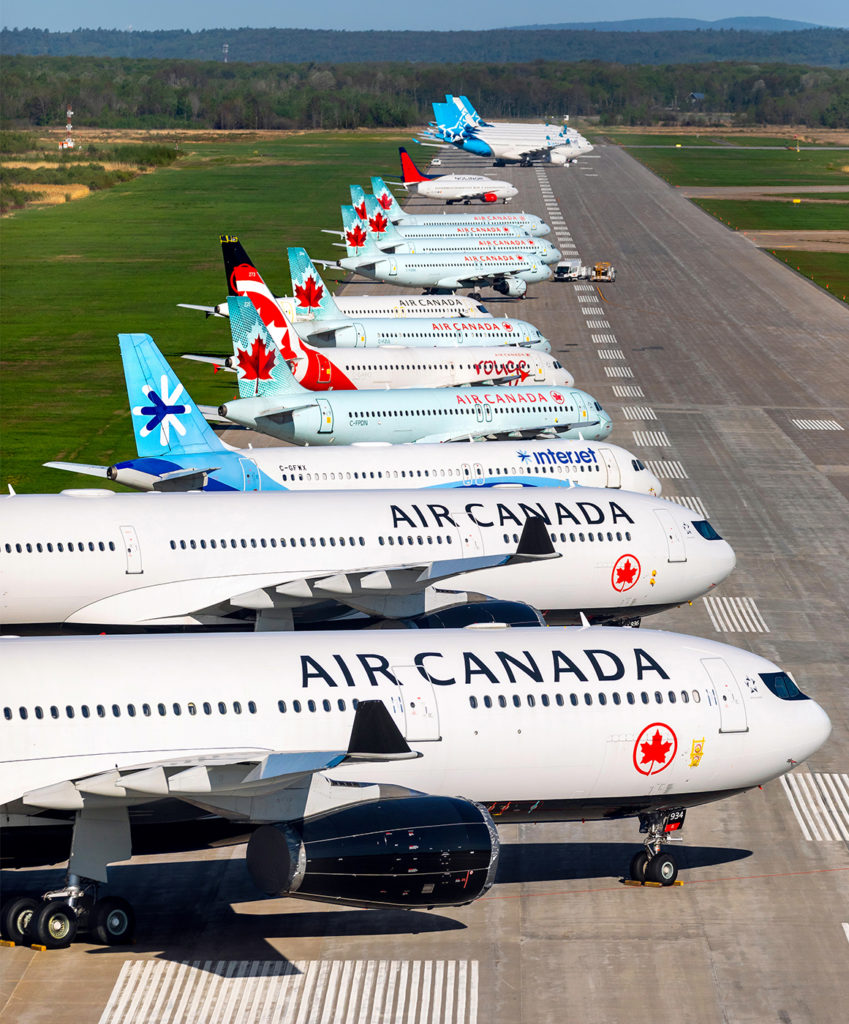
Then, imagine the same healthy and talented individual unexpectedly slammed by a potentially fatal illness. Their season is necessarily postponed. In order to survive, the athlete must remain largely inactive and requires intravenous medications. It is determined that before the season can resume, the player will require physical examinations, rehabilitation and training.
Now, let’s apply this fictional sports scenario to the airline industry and imagine that the player is Air Canada.
Canada’s flag carrier started 2020 with great expectations. In early January, its shares hit an all-time high of $52. The company’s substantially improved financial strength and its enviable earnings prospects were appreciated by investors.
Only three months later, as the devastating effects of COVID-19 became understood, the shares briefly dipped below $10 – a reflection of the market’s sagging sentiment.
With the onset of the pandemic across North America and Europe in March, governments closed domestic and international borders to non-essential travel. They also imposed onerous quarantines and introduced social distancing policies. Air Canada was forced to ground most of its fleet as demand evaporated. Its seating capacity during Q2/20 was down approximately 85 per cent from the year-earlier period.
Faced with the prospect of significantly diminished revenues and massive fixed costs, the company’s viability was threatened. Its fight for survival required immediate gut wrenching decisions.
Approximately 20,000 employees, representing more than 50 per cent of its 38,000-member team, were released. Operating cost efficiencies and capital expenditure deferrals were identified that together represented roughly $1.1 billion of reduced cash outflows. As well, a fleet rationalization program was implemented. Besides the grounding and storage of many aircraft, three types were retired. Those 79 units included 14 Embraer 190s, 35 Airbus A319-100s (including 22 from Air Canada Rouge), and 30 Boeing 767-300ERs (including 25 Rouge examples).
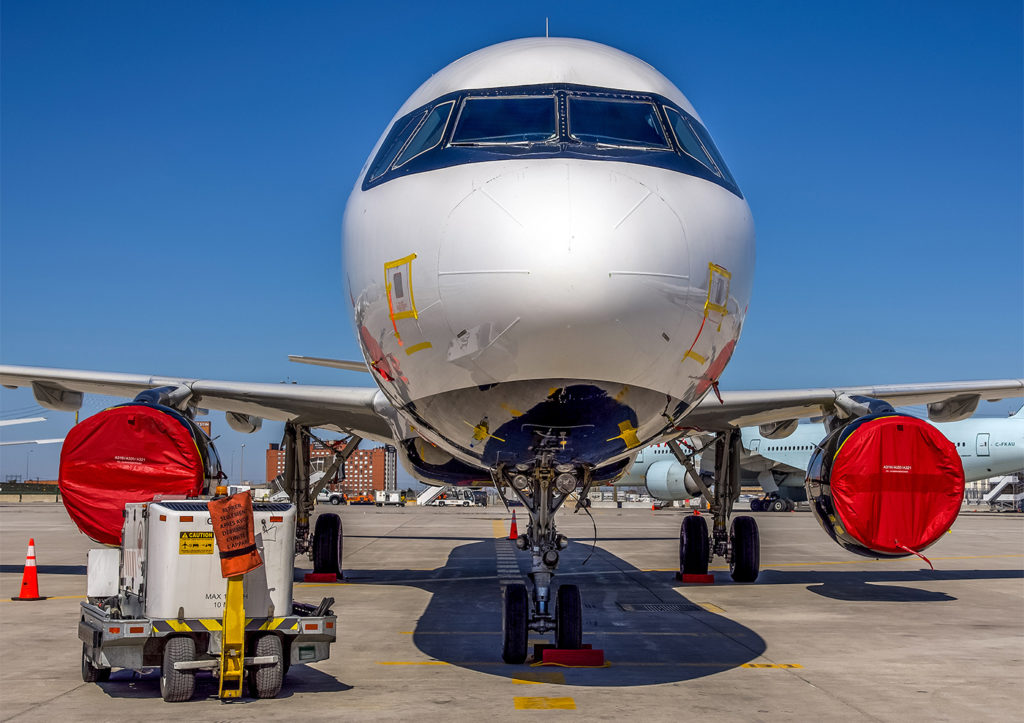
During March, Air Canada experienced a net cash outflow of $688 million. With a daily run rate of $22 million, the bleeding had to be reduced and, like the aforementioned athlete, transfusions were required to fortify the weakened balance sheet.
Since then, Air Canada has raised almost $5.5 billion of new liquidity through a series of debt, equity and aircraft-related transactions. These have included:
Transaction and Proceeds ($millions)
- Revolving credit drawdowns — 1,030
- Bridge financing for 18 Airbus A220s — 788
- Loan secured by aircraft and engines — 829
- Convertible unsecured notes — 1,010
- Common equity (at $16.25/share) — 575
- Class C pass through certificates — 405
- 9% second lien secured notes — 823
- Total — 5,460
Given the expectation for abysmal traffic levels, and in an effort to further reduce cash outflows, Air Canada recently announced a reduction in the size of its network. Thirty domestic regional routes were suspended indefinitely. These included 14 within Eastern Canada, 12 within Quebec and Ontario, and four within Western Canada. Furthermore, eight stations served by Air Canada Express aircraft in Eastern Canada were shuttered.
The carrier’s system-wide seat capacity during Q3/20 is expected to be down approximately 75 per cent from the year-earlier period. The third quarter has historically been by far the most lucrative for the airline, in terms of traffic levels and profitability.
Having dealt with the rapid contraction of its business and the shoring up of its balance sheet, Air Canada has been utilizing aircraft in non-traditional roles. For example, it has operated numerous repatriation flights for Canadian citizens to destinations that include cities never before visited by Air Canada aircraft. It has also converted seven aircraft (four Boeing 777-300ERs and three Airbus A330-300s into dedicated cargo carriers by removing the Economy Class seats from their cabins. Since March, using these aircraft and other members of its wide-body fleet, the airline has flown more than 1,600 all-cargo flights to cities in Europe, Asia, Oceania and South America.
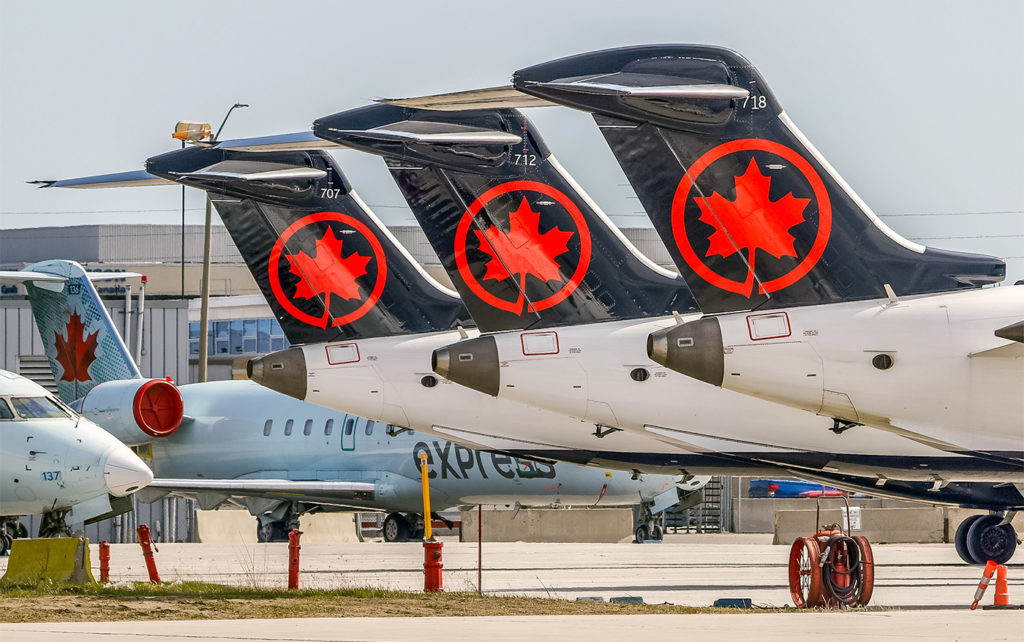
Returning to the sky
Today, the airline is looking to the future and planning on a gradual rebuild. In anticipation of a rebound in Canada’s economy, with the eventual reopening of borders and cancellation of quarantines, the carrier made all seats (including middle seats that had been blocked off) available for sale, effective July 1.
Given that the global airline industry’s breakeven load factor (BLF) is approximately 66 per cent, a permanent 33 per cent reduction of a typical airliner’s seat capacity (through the elimination of middle seats) would have represented an existential risk. The required offset of significantly increased air fares would likely have resulted in demand destruction.
In its efforts to rebuild its business, Air Canada’s Network Planning team is assessing customer demand across its network. It has been using a revised revenue management model based on the expected recovery of customer types in geographic markets. With respect to the timing of customer demand, it is thought that “visiting friends and relatives” (VFR) traffic will be the first to recover. That is expected to be followed by leisure travel, then by business travel. As far as the timing of traffic in geographic markets is concerned, expectations are for the domestic market to lead, followed by trans-border (U.S.) traffic and finally international travel.
Air Canada is also working to rehabilitate its fleet, refresh the skills of its people and demonstrate to customers that their travel experience with the airline shall remain safe and comfortable.
The number of aircraft to be redeployed and the timing of their re-entry into service will be dependent upon the gradual reinstatement of the carrier’s schedule. With a large number of its aircraft currently in storage, work must be done to prepare them for active duty.
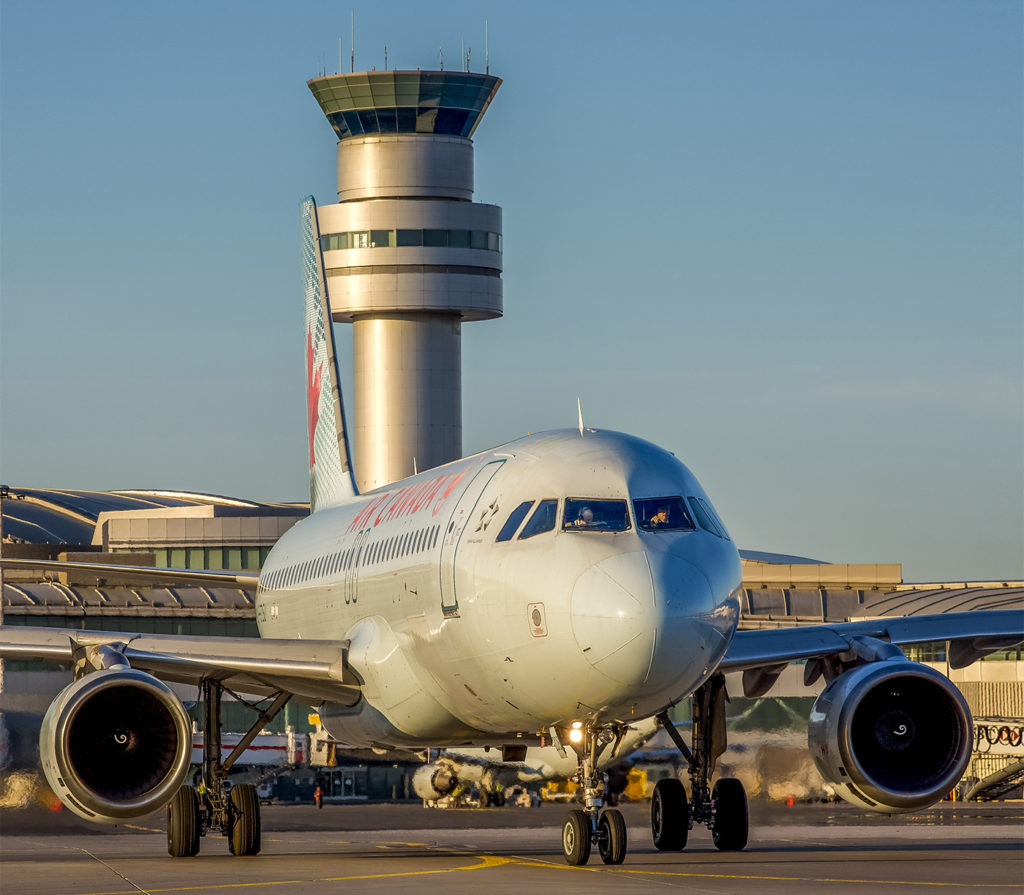
This work will be performed by Air Canada aircraft maintenance engineers (AMEs) according to comprehensive checklists that have been approved by Transport Canada. Only after all work has been done and certified by the appropriate authorities will an aircraft return to service.
Flight crew and other personnel training will be scheduled once fleet planning has been completed. Unfortunately, the timing of such activity will remain uncertain until government restrictions on the movement of people are lifted.
In the meantime, Air Canada has been working to stimulate traffic by focusing on issues related to air travel safety and customer confidence. The airline has introduced a series of passenger service enhancements that begin during the check-in process and continue through the flight to the disembarkation at the destination. Check-in counters and kiosks are now being disinfected and an infrared temperature check and a health screening questionnaire are being administered to each passenger prior to boarding. During that process, and during the flight, passengers and Air Canada personnel are now wearing masks.
The aircraft cabins, including the overhead bins, are being sanitized with electrostatic sprayers that charge and disperse liquid disinfectant in a fine mist on surfaces such as seats, armrests, tray tables, video screens, door handles, lavatories and galleys. The cabin air is kept pristine with the aid of high efficiency particulate air (HEPA) filters that extract 99.99 per cent of particles and airborne contaminants. They are the same filters used in hospital operating rooms. Finally, passengers are presented with an “Air Canada CustomCare+” kit that contains a face mask, hand sanitizer, gloves, antibacterial wipes, headphones, water bottle and a snack. Blankets and pillows, that are wrapped and sealed, will be available on international flights.
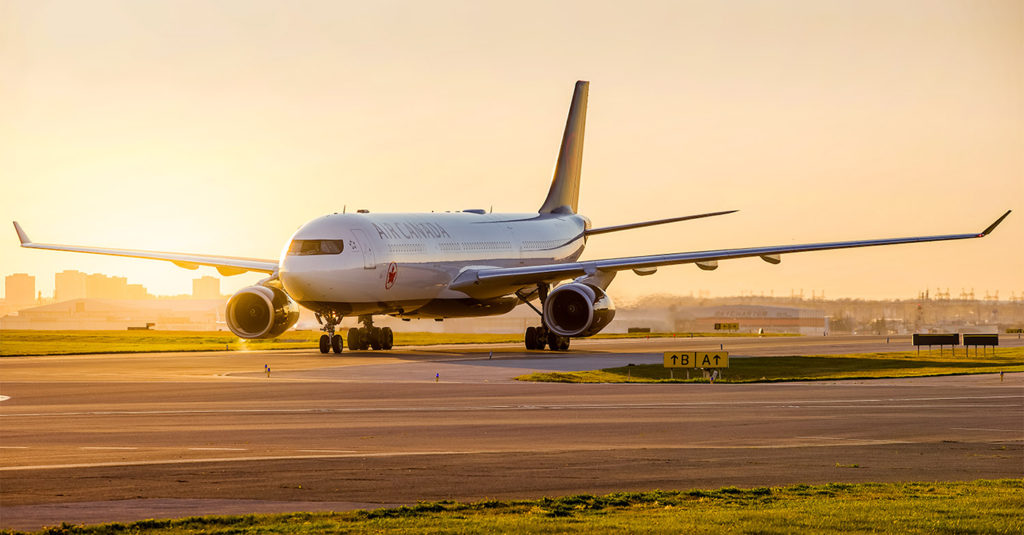
In an effort to expedite a return to normalcy, Air Canada’s chief medical officer recently sent a letter to leaders within the Government of Canada and Parliament, urging them to replace the present travel restrictions and quarantines with more proportionate and scientifically proven measures that have been introduced in other G20 countries. By doing so, the economy of the nation would be allowed to rebuild in a manner that wouldn’t be detrimental to public health.
Final words
Calin Rovinescu, Air Canada’s president and CEO, has noted that it will likely take three years to get back to the activity levels and financial performance experienced in 2019. This will largely be dependent upon enlightened government policies that encourage the mobility of people and the reopening of economies at home and abroad.
In the meantime, Air Canada’s flight out of darkness is being planned in a prudent and disciplined manner.
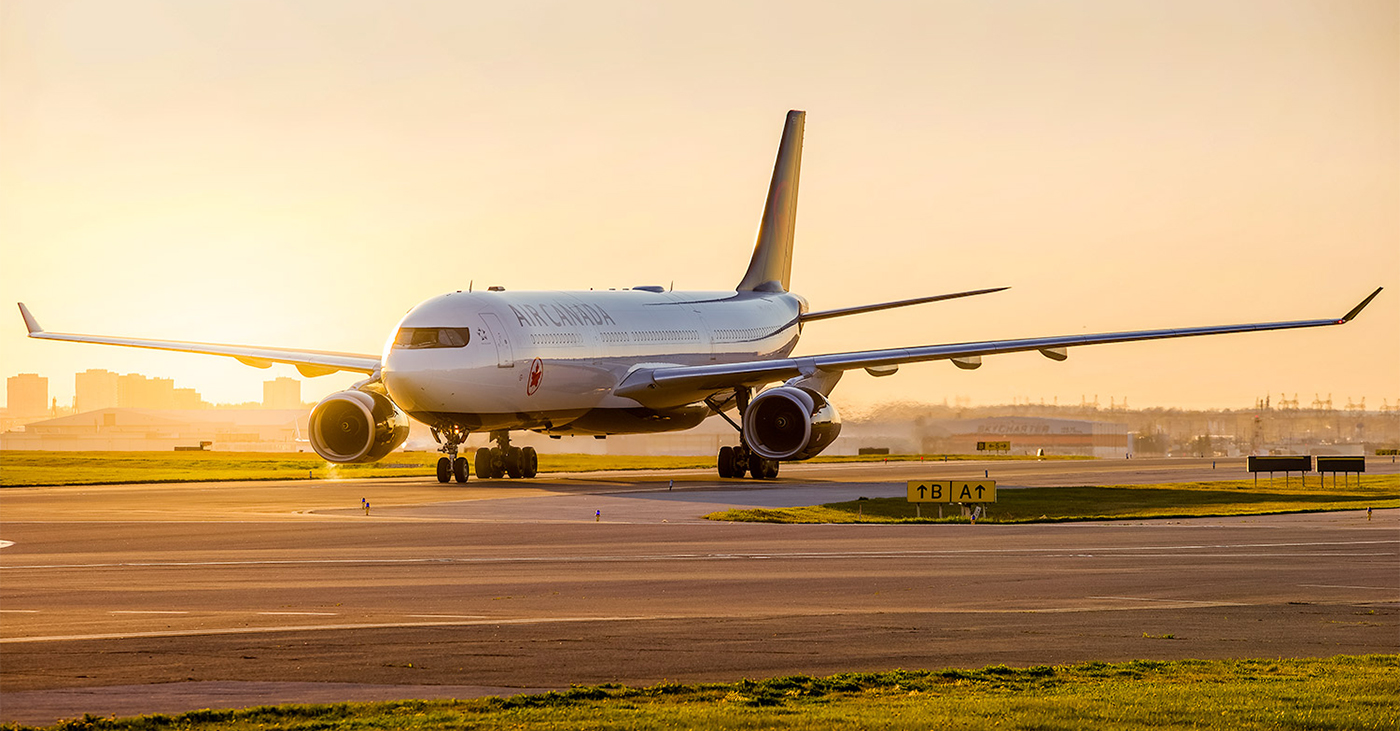

I am anxious to hear if or when direct flights Las Vegas will resume. I prefer to fly Air Canada.